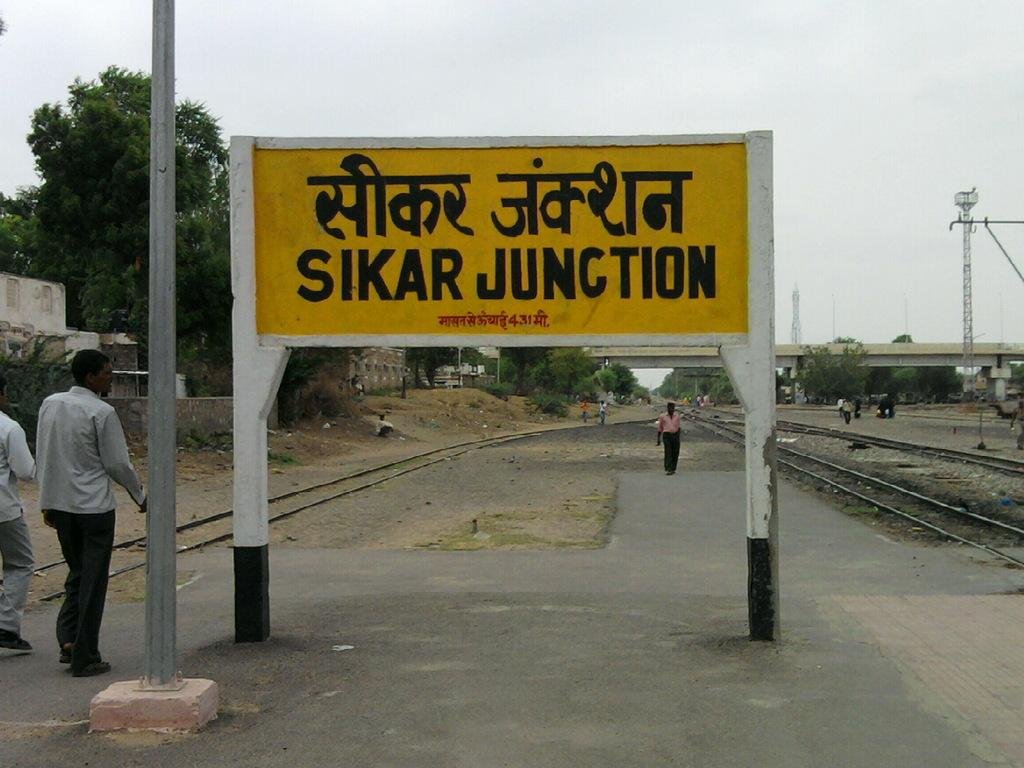Introduction to Sikar
Sikar is a vibrant city that serves as the administrative headquarters of the Sikar district in Rajasthan, India. As the largest city in the Shekhawati region, which encompasses the districts of Churu and Jhunjhunu, Sikar is known for its rich heritage and cultural significance. The city’s historical background is deeply intertwined with the broader history of Rajasthan, offering a fascinating glimpse into the past.
Geographically, Sikar is strategically located, making it a major urban center in the Shekhawati region. The city lies at the coordinates of 27.62°N latitude and 75.15°E longitude, at an elevation of around 427 meters above sea level. This prime location has historically facilitated trade and commerce, contributing to its economic vitality. The city is well-connected by road and rail, linking it seamlessly to other key cities in Rajasthan and beyond.
Historically, Sikar has been a significant seat of power. The city’s origins can be traced back to the 17th century when it was established by Rao Daulat Singh, a Shekhawat Rajput. Over the centuries, Sikar has evolved into a bustling urban center, reflecting a blend of traditional and modern influences. The city’s architectural landscape is dotted with grand havelis, forts, and temples, each narrating tales of its illustrious past.
Demographically, Sikar houses a diverse population. According to the latest census data, the city has a population of approximately 237,532 residents. The demographic profile is characterized by a mix of different communities, contributing to its rich cultural tapestry. Economically, Sikar thrives on agriculture, education, and trading activities, with a growing emphasis on tourism due to its historical and cultural attractions.
Sikar’s role within the state of Rajasthan is multifaceted. It is not only an economic hub but also a center of education with several renowned institutions. The city’s vibrant markets, cultural festivals, and historical landmarks make it a significant destination for tourists and researchers alike, cementing its status as a pivotal urban center in the Shekhawati region.
Cultural and Architectural Heritage of Sikar
Sikar, situated in the heart of the Shekhawati region, is a treasure trove of cultural and architectural heritage. This city is a delightful fusion of traditional Rajasthani culture and historical architecture, making it an essential destination for history and art connoisseurs. The grandeur of Sikar’s havelis (mansions) serves as a testament to the region’s storied past. These grand structures, adorned with intricate frescoes and elaborate carvings, offer a glimpse into the opulence of the bygone eras.
Among the notable landmarks, the Raghunath Ji Ka Mandir stands out with its stunning architectural design and historical significance. This ancient temple, dedicated to Lord Raghunath, is a fine example of traditional Rajasthani temple architecture, featuring elaborate murals and detailed stonework. Another must-visit site is the Madho Niwas Kothi, a historical mansion that showcases the exemplary artistry and craftsmanship of the region.
The forts of Sikar, such as the Devgarh Fort and the Danta Fort, further reflect the rich history and strategic importance of the region. These imposing structures, with their robust architecture and panoramic views, narrate tales of valor and resilience. The intricate designs and the strategic construction of these forts make them a significant part of Sikar’s architectural heritage.
Sikar’s cultural landscape is equally vibrant, marked by numerous local festivals and traditional arts and crafts. The Teej festival, celebrated with great enthusiasm, highlights the cultural richness of the region. During this festival, colorful processions, traditional dances, and folk music performances bring the streets of Sikar to life. Additionally, the local crafts such as tie-dye textiles, hand-painted pottery, and traditional jewelry offer a unique insight into the artistic traditions of the people.
The lifestyle of the people of Sikar remains deeply rooted in tradition. The traditional attire, cuisine, and daily practices reflect a way of life that has been preserved through generations. This blend of cultural and architectural heritage makes Sikar a remarkable destination, offering an immersive experience into the heart of Shekhawati.

Leave a Reply